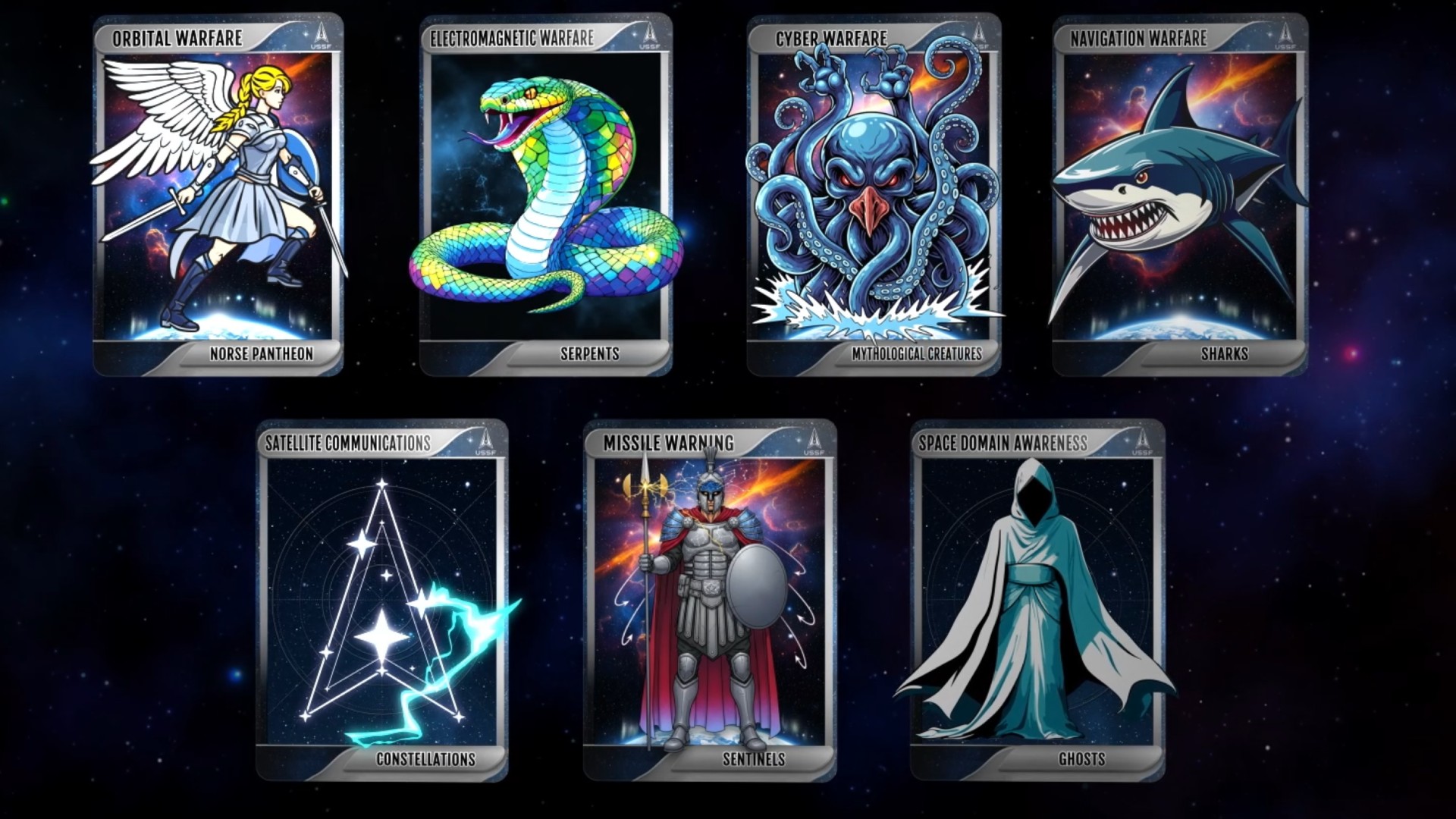William Shatner Narrates History of NASA's 100-Year-Old Langley Research Center (Video)
Space, the final frontier? We couldn't get there without airplane research.
"Star Trek" captain William Shatner narrates a new 45-minute documentary about NASA's Langley Research Center, which celebrates 100 years of solving "fundamental problems of flight" this year, according to the agency.
Naturally, since the time of its inception, the laboratory — no longer solely aeronautical — ended up solving problems in space as well. One of its most enduring legacies was the space shuttle, which flew between 1981 and 2001 — a versatile winged craft that could land on a runway. [NASA Centers to Visit for an Out-of-This-World Vacation]
And Langley's legacy stretches even farther into the solar system — think landings on Mars and exploring deep space on NASA's forthcoming Space Launch System. A few highlights of its history are below.
From wartime to space-time
Langley Memorial Aeronautical Laboratory was born in 1917, just months after the United States entered World War I. Langley created many aircraft technologies that we take for granted today, according to a NASA release: propellers, metal airplanes, wing tips, glass cockpits and even faster-than-sound flight. The agency's contributions continued during World War II, particularly with the development of what was at the time the state-of-the-art P-51 Mustang fighter-bomber.
When the war was over, Langley partnered with the military to create the Bell X-1 aircraft, which Chuck Yeager flew in when he broke the sound barrier in 1947. Sensing an opportunity, Langley continued pushing back barriers in hypersonic research. By 1959, the X-15 rocket plane was able to fly an incredible five times faster than Yeager did during his pioneering flight.
Data from the X-15 was used to help launch the young U.S. space program; NASA had been created only the year before, in 1958. Langley was a part of a predecessor agency, called the National Advisory Committee for Aeronautics (NACA), which was transformed into NASA when Americans marshaled resources to deal with the technological threat they perceived coming from the-then Soviet Union.
Breaking space news, the latest updates on rocket launches, skywatching events and more!
The government quickly tasked NASA with landing humans on the moon by 1969, a goal reached on July 20 of that year, when Neil Armstrong put his first boot prints on the moon. Armstrong practiced walking and landing on the lunar surface at Langley's Lunar Landing Research Facility.
Langley's work also led to the choice of Armstrong's landing site, thanks to the Lunar Orbiter program, which sent thousands of pictures back of our nearest large celestial neighbor.
And Langley was home to famous aerospace engineer John Houbolt, whose suggested mission design led to simple and small lunar modules for the landing crew — not the multistage rockets originally envisioned. His "lunar-orbit rendezvous" technique made it possible for the United States to meet the 1969 goal in plenty of time, since the design was much simpler than others that had been suggested.
Earth, Mars and beyond
To understand other planets, scientists often compare them to Earth. But, we can't make the comparisons without proper data. Langley's work on the space shuttle — NASA's main human transportation system for three decades — also led to advancements in materials and landing systems, NASA officials said in the statement.
The space shuttle initially launched satellites to observe Earth's climate, a task later taken over by single-use rockets after the 1986 Challenger explosion. Langley collected and archived the data, providing valuable records to track changes over time as global warming progressed.
To lessen an aircraft's effect on Earth's climate, Langley tested out technologies such as hybrid wing bodies (manta ray-shaped airplanes) to increase fuel efficiency. While the focus today is more on air traffic management, NASA recently announced five green-technology concepts to change the aviation industry: morphing wings, alternative fuel cells, 3D-printed electric motor parts, lithium-air batteries and aircraft antenna made of aerogels.
But Langley's work has moved far beyond Earth. In 1976, the Viking 1 spacecraft made the first successful touchdown on Mars, with the engineering based in part on Langley's data about Earth's atmosphere. The Mars Curiosity rover, which landed in 2012, had a heat shield embedded with sensors developed at Langley.
This data will help fuel NASA's push for exploration beyond Earth orbit, possibly including Mars. The agency is developing a Space Launch System rocket that will be tested for the first time in 2019. The eventual goal is to send four astronauts aloft at a time in the Orion spacecraft, bound for the moon, Mars or other places.
Follow us @Spacedotcom, Facebook and Google+. Original article on Space.com.

Elizabeth Howell (she/her), Ph.D., was a staff writer in the spaceflight channel between 2022 and 2024 specializing in Canadian space news. She was contributing writer for Space.com for 10 years from 2012 to 2024. Elizabeth's reporting includes multiple exclusives with the White House, leading world coverage about a lost-and-found space tomato on the International Space Station, witnessing five human spaceflight launches on two continents, flying parabolic, working inside a spacesuit, and participating in a simulated Mars mission. Her latest book, "Why Am I Taller?" (ECW Press, 2022) is co-written with astronaut Dave Williams.
